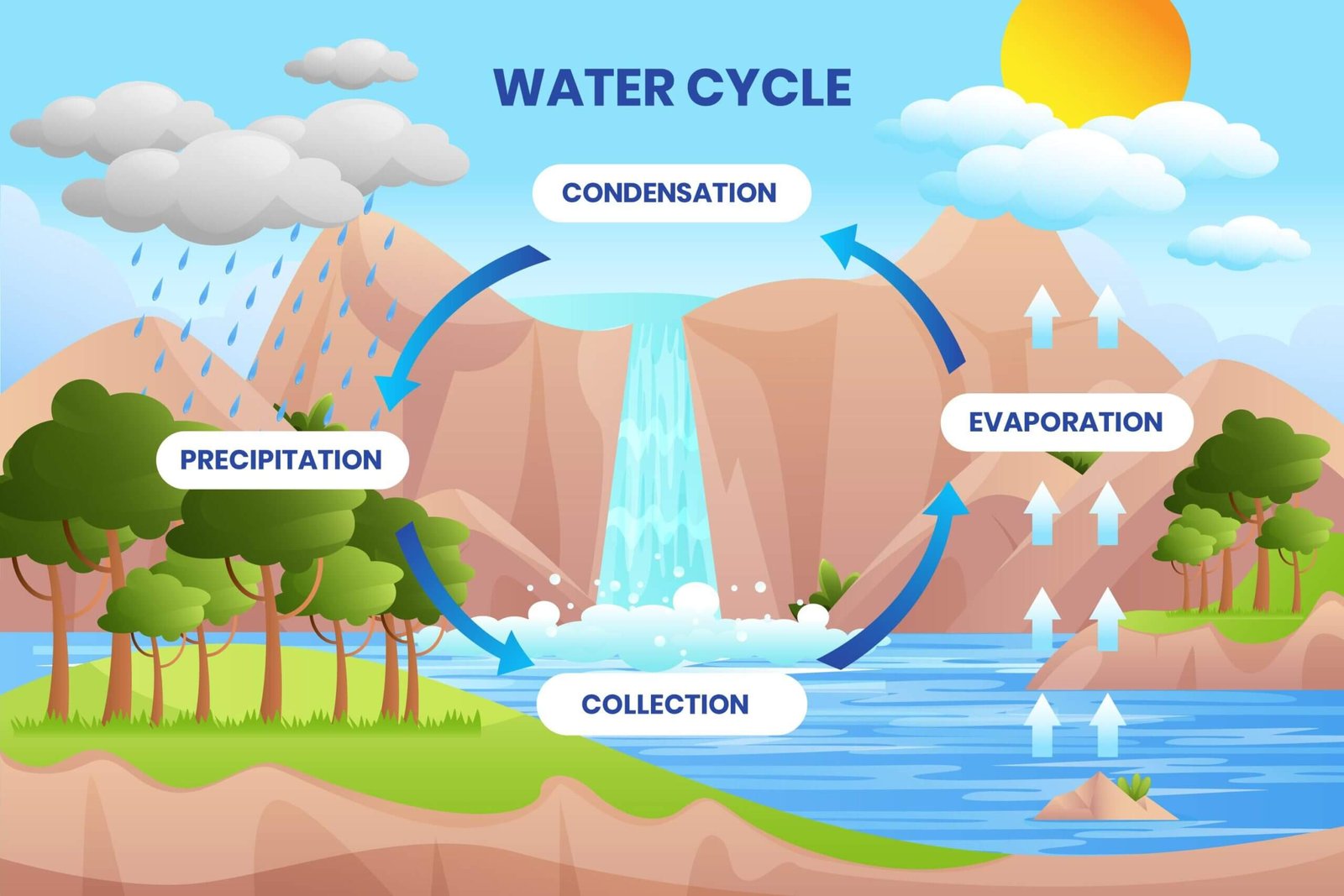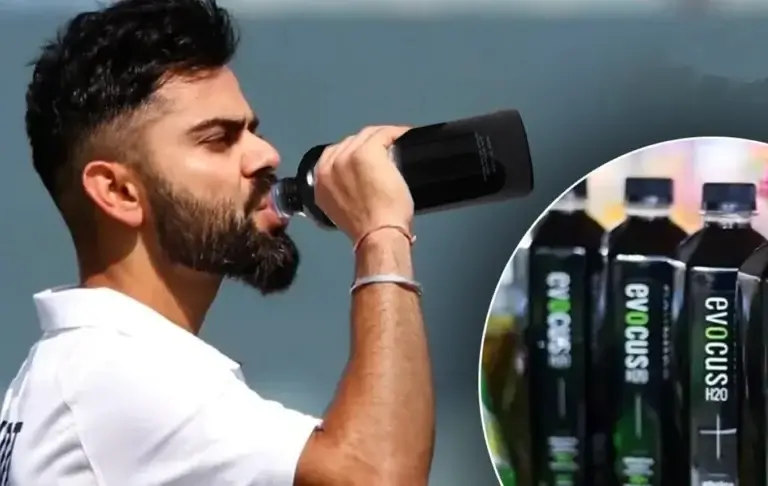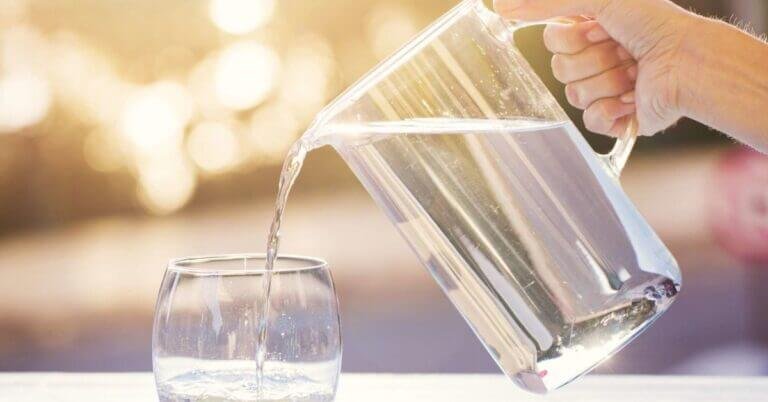10 Common Sources of Drinking Water
Drinking water is a need of all human beings and animals. If we do not get water to quench our thirst, likely, we might even lose our lives.
Although water is everywhere, not all water around us is suitable for drinking. Our body is made up of 70 percent of water, on the other hand, the earth consists of 71 percent of water. The oceans that are comprised of the most water on earth are not adequate for drinking use.
Several other sources of fresh water can that can be used for drinking purposes. It is recommended to ensure the water is safe to drink and away from contaminants that can harm our bodies. You can use different measures to remove the impurities and make them safe for drinking.
Our eyes cannot see what our brains cannot comprehend. Therefore, without further ado, let us dig in together and find out the 10 most common sources of drinking water-

Surface water
Rivers and lakes are a source of drinking water for many living beings. It also carries important minerals that are useful for our bodies. The surface water can be turned safer after filtering water for human use for drinking or cooking.
The water of rivers or lakes is not just utilized by humans but also used for drinking by animals. We can observe that the areas where there are most species of animals are found are mostly close to a river or a lake.
Rainwater
Rainwater can be harvested through different methods. It is a source of water not just for drinking purposes after filtration but also serves as a source of water to other sources of water like underground water, lakes, rivers, wells, and others.
It is a kind of freshwater that gets polluted after meeting the air before reaching the ground. This is why it is important to treat the collected rainwater before use. It is a common source of drinking water for places that are hotspots of rainfall. It is great that the rainwater is utilized instead of getting wasted or get evaporated.
Groundwater
Groundwater is also referred to as underground water. It holds around 30 percent of the total freshwater sources available on earth. Groundwater is collected beneath the earth’s surface in the form of aquifers or rock formations. The water can be stored from the rainwater that gets absorbed on the surface of the earth’s crust. The water travels through soils and rocks and gets settled in the aquifers.
The groundwater can be consumed by using wells, borings, or the emergence of streams. It does contain minerals that are important for us but, it contains many unwanted particles and chemicals that have to be treated before drinking use.
Streams
Spring is a source of water. It is the emergence of underground water on the surface that escapes from the pressure in the aquifers under the earth’s surface. The water of the spring contains important minerals but, it also contains impurities that make it important to check the TDS (Total Dissolved Solid) test of the water before its consumption.
There are different kinds of streams. It can be narrow and sometimes wide and can be found in the range of mountainous regions to plain regions. It is a source of fresh water but demands treatment before use for drinking. It is important to conserve and ensure the sustainability of the streams as it provides many benefits to humans.
Snowmelt
Everyone likes snow but fewer people know that the same snow can be melted and utilized for our daily needs. Snowmelt water is the water that is produced after the melting of snow, especially during the winter season. Usually, the snow gets collected in snowpacks that can be harnessed for drinking purposes. The snow-melted water also adds to the surface water and groundwater after getting melted due to the climate.
Like other water sources, it also carries particles that hinder the quality of the water. Therefore, it should be filtered before using it for drinking.
Desalinated water
About 96.5 percent of the water on the earth is seawater. The seawater is salty and contains minerals and gases that are not proper for drinking use. Desalination is a process that involves the removal of salt from the water so that it can get converted to freshwater and then used for drinking.
The process to desalinate the water is not cheap and consumes a high level of energy. But it is useful for the areas or regions where other sources of freshwater are absent. The process of desalination involves thermal and membrane filtration. As the name suggests, in the former method, the water is heated and condensed to produce fresh water. In the membrane filtration process, the water is passed through the semi-permeable membrane that filters salts and other minerals.
Municipal water supply
Municipal water supply is the supply of water distributed by the government or the businesses that serve water. The private corporations that provide water supply take tenders from the government for the supply. On the other hand, the water supplied directly by the government is free.
The water that is supplied is collected from different sources of water that include wells, lakes, rivers, streams, and others, and treated by the suppliers. It is a safe choice for drinking.
The water is treated in large filtration systems and water treatment plants that ensure its safety. It can be provided by the suppliers in the form of tankers or large jars of water.
It is managed by the agencies that are responsible for providing local water utilities to the people. They also ensure the sustainability of water and the proper and safe distribution of water in the locality.
Bottled water
Many people switch to buying water that is sold by marketers in bottles. The sources of water are rivers, well and others but the companies that sell water bottles add minerals and process the water to ensure safety. Bottled water is used mainly when traveling and eating out.
The plastics used in water bottles are recyclable and can be reused by the suppliers. However, it is a costly approach for drinking water but, it can be acquired in places where there is no water to drink or the water is not safe for drinking use.
Surface Runoffs
Surface runoff water is the water that flows on the surface of the earth before getting absorbed, evaporated, or meeting other sources of water like lakes, rivers, or drainage systems. This water can be collected by digging a small pit for water that can be collected after rain. It can also get accumulated by different tools and procedures.
As the water of surface runoffs can collect pollutants from the ground of roads, sand, parking lots, or other surfaces, it is important to filter the water before consuming it for drinking.
Recycled water
Recycled water is especially used in places where there is a scarcity of water. The water is recycled for drinking purposes that is already been used and wasted. It is important for this method that the water must be treated well and meets the standard of safe water for drinking. As it is mostly consumed through sewage or other sources of wastewater, it is important to make it safe on the ultimate level.
These were the 10 most common sources of water. It is crucial to check the suitability of water before consuming it for drinking. Whether the water is from any of the above sources, we must ensure that it is safe for drinking. If we consume untreated water, we can have harmful effects on our bodies. Keep these things in mind and stay hydrated!







